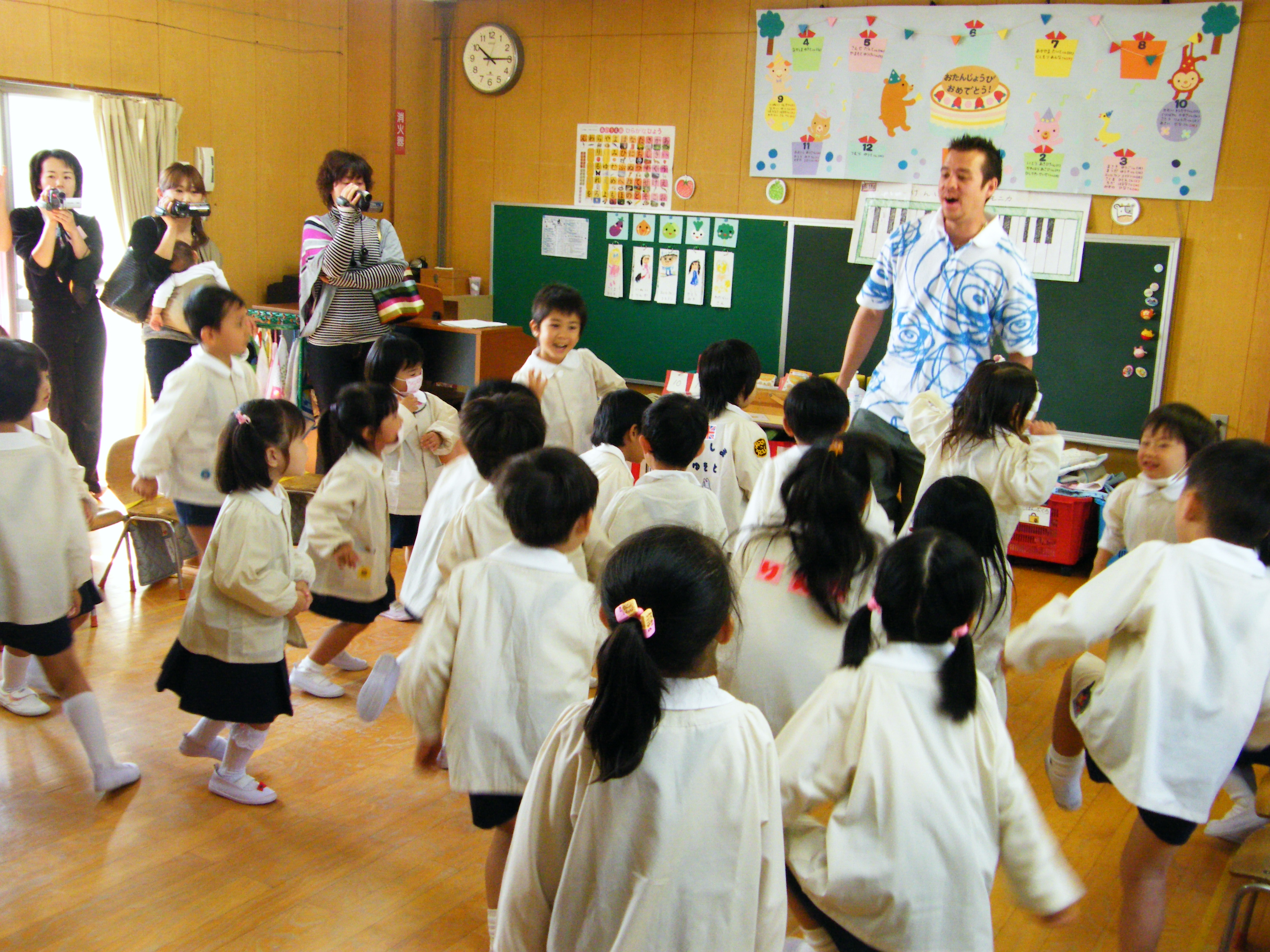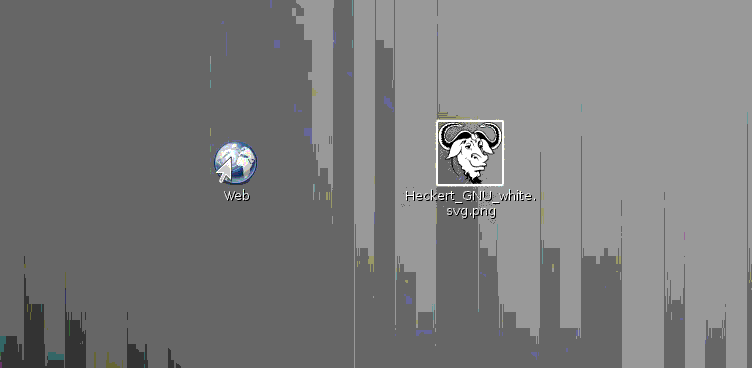|
Antics3D
Antics3D was a real-time 3D animation software program published by Antics Technologies. It is used by amateurs and professionals to create 3-dimensional, animated visualisations of events in a variety of industries. Filmmakers form the largest userbase, who use the software for pre-vizualisation, storyboarding and machinima. However, the software is also used in forensic animation, education, training and many other areas which benefit from animated visualisations. The user interface in Antics3D, which is significantly easier than in traditional animation software, has in large part contributed to its uptake in these sectors that lack animation expertise. The software applies the drag and drop and point and click paradigms to animation, allowing users to create virtual sets, import props and characters, direct the characters to perform actions, and use virtual cameras to record scenes which can be edited on a timeline. Unlike traditional animation software, the possibilities ... [...More Info...] [...Related Items...] OR: [Wikipedia] [Google] [Baidu] |
Antics Technologies
Antics Technologies, Ltd. (often shortened to just Antics) is a software company based in Cambridge, England with offices both there and in Los Angeles, California, as well as in London. Antics currently develop their flagship product Antics3D, which is used for 3-dimensional animated event visualization. Co-founded in 2000 by Philip Swinstead as ''Kelseus Ltd.'', the company is privately owned and funded. History ''Kelseus Ltd.'' changed their company name to ''Antics Technologies'' in 2004. The company has grown steadily since its inception, gaining employees and producing several versions of Antics3D, which is now approaching its 5th version. Despite several buyout In finance, a buyout is an investment transaction by which the ownership equity of a company, or a majority share of the stock of the company is acquired. The acquiror thereby "buys out" the present equity holders of the target company. A buyo ... attempts, the company has remained independent.{{Citation ... [...More Info...] [...Related Items...] OR: [Wikipedia] [Google] [Baidu] |
Education
Education is a purposeful activity directed at achieving certain aims, such as transmitting knowledge or fostering skills and character traits. These aims may include the development of understanding, rationality, kindness, and honesty. Various researchers emphasize the role of critical thinking in order to distinguish education from indoctrination. Some theorists require that education results in an improvement of the student while others prefer a value-neutral definition of the term. In a slightly different sense, education may also refer, not to the process, but to the product of this process: the mental states and dispositions possessed by educated people. Education originated as the transmission of cultural heritage from one generation to the next. Today, educational goals increasingly encompass new ideas such as the liberation of learners, skills needed for modern society, empathy, and complex vocational skills. Types of education are commonly divided into ... [...More Info...] [...Related Items...] OR: [Wikipedia] [Google] [Baidu] |
SIGGRAPH
SIGGRAPH (Special Interest Group on Computer Graphics and Interactive Techniques) is an annual conference on computer graphics (CG) organized by the ACM SIGGRAPH, starting in 1974. The main conference is held in North America; SIGGRAPH Asia, a second conference held annually, has been held since 2008 in countries throughout Asia. Overview The conference incorporates both academic presentations as well as an industry trade show. Other events at the conference include educational courses and panel discussions on recent topics in computer graphics and interactive techniques. SIGGRAPH Proceedings The SIGGRAPH conference proceedings, which are published in the ACM Transactions on Graphics, has one of the highest impact factors among academic publications in the field of computer graphics. The paper acceptance rate for SIGGRAPH has historically been between 17% and 29%, with the average acceptance rate between 2015 and 2019 of 27%. The submitted papers are peer-reviewed und ... [...More Info...] [...Related Items...] OR: [Wikipedia] [Google] [Baidu] |
Timeline
A timeline is a display of a list of events in chronological order. It is typically a graphic design showing a long bar labelled with dates paralleling it, and usually contemporaneous events. Timelines can use any suitable scale representing time, suiting the subject and data; many use a linear scale, in which a unit of distance is equal to a set amount of time. This timescale is dependent on the events in the timeline. A timeline of evolution can be over millions of years, whereas a timeline for the day of the September 11 attacks can take place over minutes, and that of an explosion over milliseconds. While many timelines use a linear timescale—especially where very large or small timespans are relevant -- logarithmic timelines entail a logarithmic scale of time; some "hurry up and wait" chronologies are depicted with zoom lens metaphors. History Time and space, particularly the line, are intertwined concepts in human thought. The line is ubiquitous in clocks ... [...More Info...] [...Related Items...] OR: [Wikipedia] [Google] [Baidu] |
Camera
A camera is an optical instrument that can capture an image. Most cameras can capture 2D images, with some more advanced models being able to capture 3D images. At a basic level, most cameras consist of sealed boxes (the camera body), with a small hole (the aperture) that allows light to pass through in order to capture an image on a light-sensitive surface (usually a digital sensor or photographic film). Cameras have various mechanisms to control how the light falls onto the light-sensitive surface. Lenses focus the light entering the camera, and the aperture can be narrowed or widened. A shutter mechanism determines the amount of time the photosensitive surface is exposed to the light. The still image camera is the main instrument in the art of photography. Captured images may be reproduced later as part of the process of photography, digital imaging, or photographic printing. Similar artistic fields in the moving-image camera domain are film, videography, and cinematograph ... [...More Info...] [...Related Items...] OR: [Wikipedia] [Google] [Baidu] |
Film Director
A film director controls a film's artistic and dramatic aspects and visualizes the screenplay (or script) while guiding the film crew and actors in the fulfilment of that vision. The director has a key role in choosing the cast members, production design and all the creative aspects of filmmaking. The film director gives direction to the cast and crew and creates an overall vision through which a film eventually becomes realized or noticed. Directors need to be able to mediate differences in creative visions and stay within the budget. There are many pathways to becoming a film director. Some film directors started as screenwriters, cinematographers, producers, film editors or actors. Other film directors have attended a film school. Directors use different approaches. Some outline a general plotline and let the actors improvise dialogue, while others control every aspect and demand that the actors and crew follow instructions precisely. Some directors also write thei ... [...More Info...] [...Related Items...] OR: [Wikipedia] [Google] [Baidu] |
Character (arts)
In fiction, a character (or speaker, in poetry) is a person or other being in a narrative (such as a novel, play, radio or television series, music, film, or video game). The character may be entirely fictional or based on a real-life person, in which case the distinction of a "fictional" versus "real" character may be made. Derived from the Ancient Greek word , the English word dates from the Restoration, although it became widely used after its appearance in ''Tom Jones'' by Henry Fielding in 1749. From this, the sense of "a part played by an actor" developed.Harrison (1998, 51-2) quotation: (Before this development, the term '' dramatis personae'', naturalized in English from Latin and meaning "masks of the drama," encapsulated the notion of characters from the literal aspect of masks.) Character, particularly when enacted by an actor in the theatre or cinema, involves "the illusion of being a human person". In literature, characters guide readers through their sto ... [...More Info...] [...Related Items...] OR: [Wikipedia] [Google] [Baidu] |
Theatrical Property
A prop, formally known as (theatrical) property, is an object used on stage or screen by actors during a performance or screen production. In practical terms, a prop is considered to be anything movable or portable on a stage or a set, distinct from the actors, scenery, costumes, and electrical equipment. Term The earliest known use of the term "properties" in English to refer to stage accessories is in the 1425 CE morality play, '' The Castle of Perseverance''. The ''Oxford English Dictionary'' finds the first usage of "props" in 1841, while the singular form of "prop" appeared in 1911. During the Renaissance in Europe, small acting troupes functioned as cooperatives, pooling resources and dividing any income. Many performers provided their own costumes, but other items such as stage weapons or furniture may have been acquired specially and considered "company property". Eric Partridge ''Origins: A Short Etymological Dictionary of Modern English: Second Edition''. Random H ... [...More Info...] [...Related Items...] OR: [Wikipedia] [Google] [Baidu] |
Set Construction
Set construction is the process undertaken by a construction manager to build full-scale scenery, as specified by a production designer or art director working in collaboration with the director of a production to create a set for a theatrical, film, or television production. The set designer produces a scale model, scale drawings, paint elevations (a scale painting supplied to the scenic painter of each element that requires painting), and research about props, textures, and so on. Scale drawings typically include a groundplan, elevation, and section of the complete set, as well as more detailed drawings of individual scenic elements which, in theatrical productions, may be static, flown, or built onto scenery wagons. Models and paint elevations are frequently hand-produced, though in recent years, many Production Designers and most commercial theatres have begun producing scale drawings with the aid of computer drafting programs such as AutoCAD or Vectorworks. Theat ... [...More Info...] [...Related Items...] OR: [Wikipedia] [Google] [Baidu] |
Point And Click
Point and click are the actions of a computer user moving a pointer to a certain location on a screen (''pointing'') and then pressing a button on a mouse, usually the left button (''click''), or other pointing device. An example of point and click is in hypermedia, where users click on hyperlinks to navigate from document to document. Point and click can be used with any number of input devices varying from mouses, touch pads, trackpoint, joysticks, scroll buttons, and roller balls. User interfaces, for example graphical user interfaces, are sometimes described as "point-and-click interfaces", often to suggest that they are very easy to use, requiring that the user simply point to indicate their wishes. These interfaces are sometimes referred to condescendingly (e.g., by Unix users) as "click-and-drool" or "point-and-drool" interfaces. The use of this phrase to describe software implies that the interface can be controlled solely through the mouse (or some other mean ... [...More Info...] [...Related Items...] OR: [Wikipedia] [Google] [Baidu] |
Drag And Drop
In computer graphical user interfaces, drag and drop is a pointing device gesture in which the user selects a virtual object by "grabbing" it and dragging it to a different location or onto another virtual object. In general, it can be used to invoke many kinds of actions, or create various types of associations between two abstract objects. As a feature, drag-and-drop support is not found in all software, though it is sometimes a fast and easy-to-learn technique. However, it is not always clear to users that an item can be dragged and dropped, or what is the command performed by the drag and drop, which can decrease usability. Actions The basic sequence involved in drag and drop is: * Move the pointer to the object * Press, and hold down, the button on the mouse or other pointing device, to "grab" the object * "Drag" the object to the desired location by moving the pointer to this one * "Drop" the object by releasing the button Dragging requires more physical effort tha ... [...More Info...] [...Related Items...] OR: [Wikipedia] [Google] [Baidu] |








